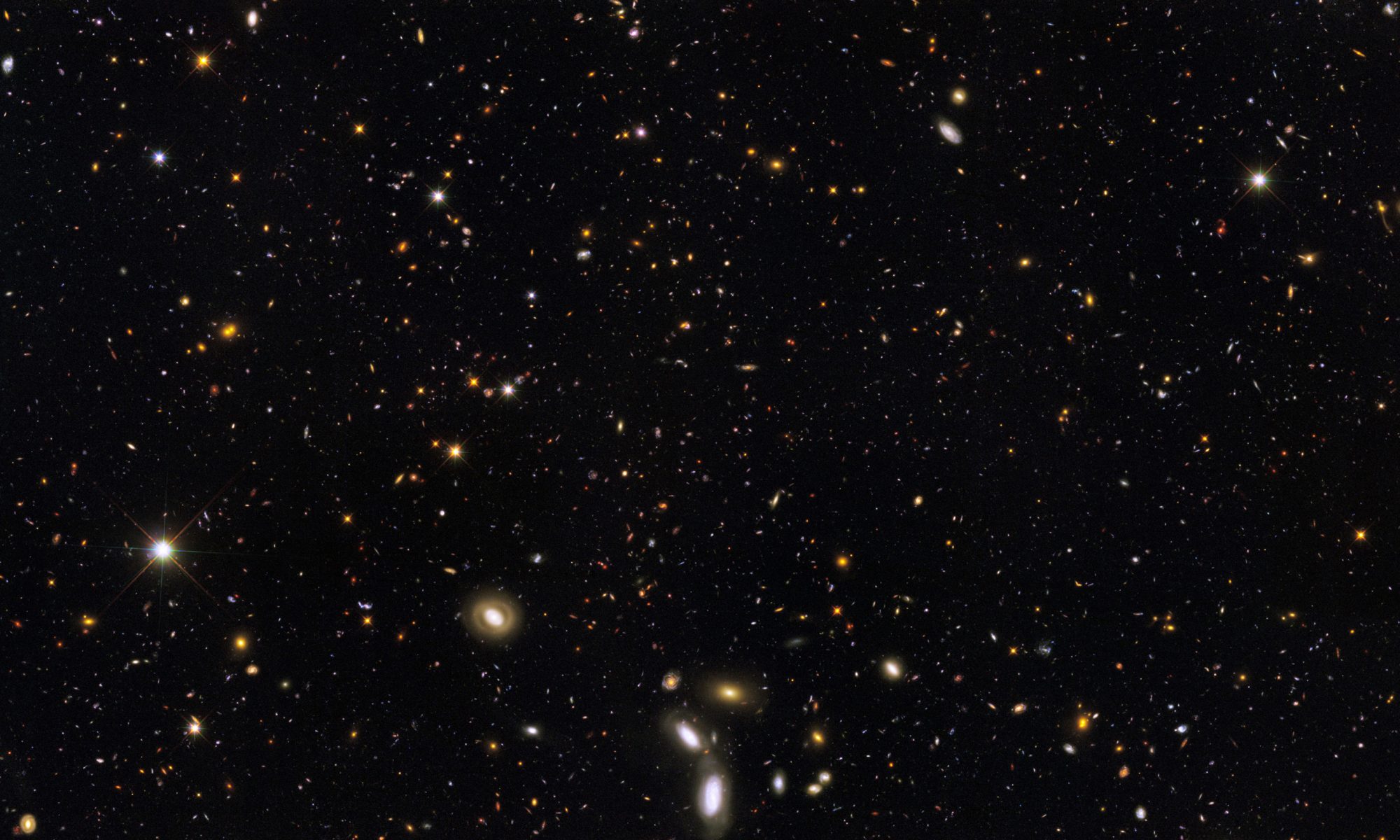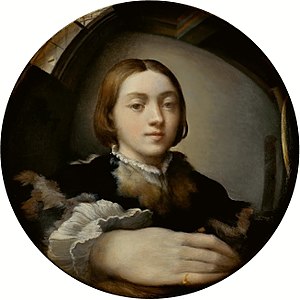In the case of longer poems, movement control through image becomes a much more involved task. John Ashbery assumes this task in his long poem, “Self-Portrait in a Convex Mirror,” which reflects on Parmigianino’s painting of the same name. While the impetus for Ashbery’s poem is ekphrastic, and he returns often to this originating source, he eschews the traditional impulse to control the movement through narrative or language. Most longer poems rely on either narrative (as in epic poems), or rhythm/rhyme constructions (as in ballads) to control their movement. Ashbery, in contrast, uses image to control the movement of his poem. Because this method is non-linear and a-logical, teasing out the movement of the poem can become difficult, as has already been shown.
Continue reading “On the Control of Movement through Image, pt. 3”


